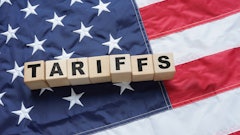
Many investors, public and private alike, are making big bets on U.S. infrastructure projects tied to expansion of the Panama Canal, which started moving supersized container ships through its wider, deeper channel and locks on June 26.
The canal’s expansion was years in the making and cost a reported $5.25 billion. But that’s a fraction of what’s being spent here in the United States to make East and Gulf Coast ports accessible to the giant ships now able to pass through the canal.
The opening of the expanded canal will have a ripple effect on the economy—impacting not only U.S. ports and shipping, but the railroad and trucking industries as well, along with virtually every company involved in trade with Asia, or manufacturing or sourcing from Asia. Overall, according ,to research conducted by BCG and the transportation and logistics firm, C. H. Robinson, as much as 10 percent of container traffic between eastern Asia and the U.S. could shift from West Coast ports to East Coast ports by the year 2020.
This doesn’t mean West Coast ports will see a decline in shipping traffic. It means the West Coast ports, many of them already operating at or near capacity, will see traffic increase more slowly than they might otherwise.
To read the full story, please click here.
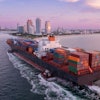

![Pros To Know 2026 [color]](https://img.sdcexec.com/mindful/acbm/workspaces/default/uploads/2025/08/prostoknow-2026-color.mduFvhpgMk.png?auto=format%2Ccompress&bg=fff&fill-color=fff&fit=fill&h=100&q=70&w=100)
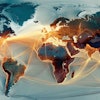
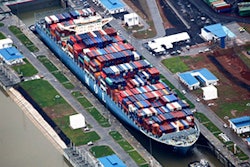
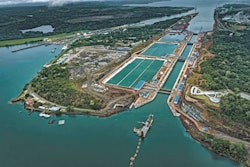
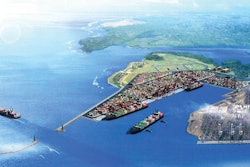

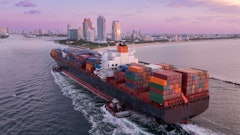

![Pros To Know 2026 [color]](https://img.sdcexec.com/mindful/acbm/workspaces/default/uploads/2025/08/prostoknow-2026-color.mduFvhpgMk.png?ar=16%3A9&auto=format%2Ccompress&bg=fff&fill-color=fff&fit=fill&h=135&q=70&w=240)





